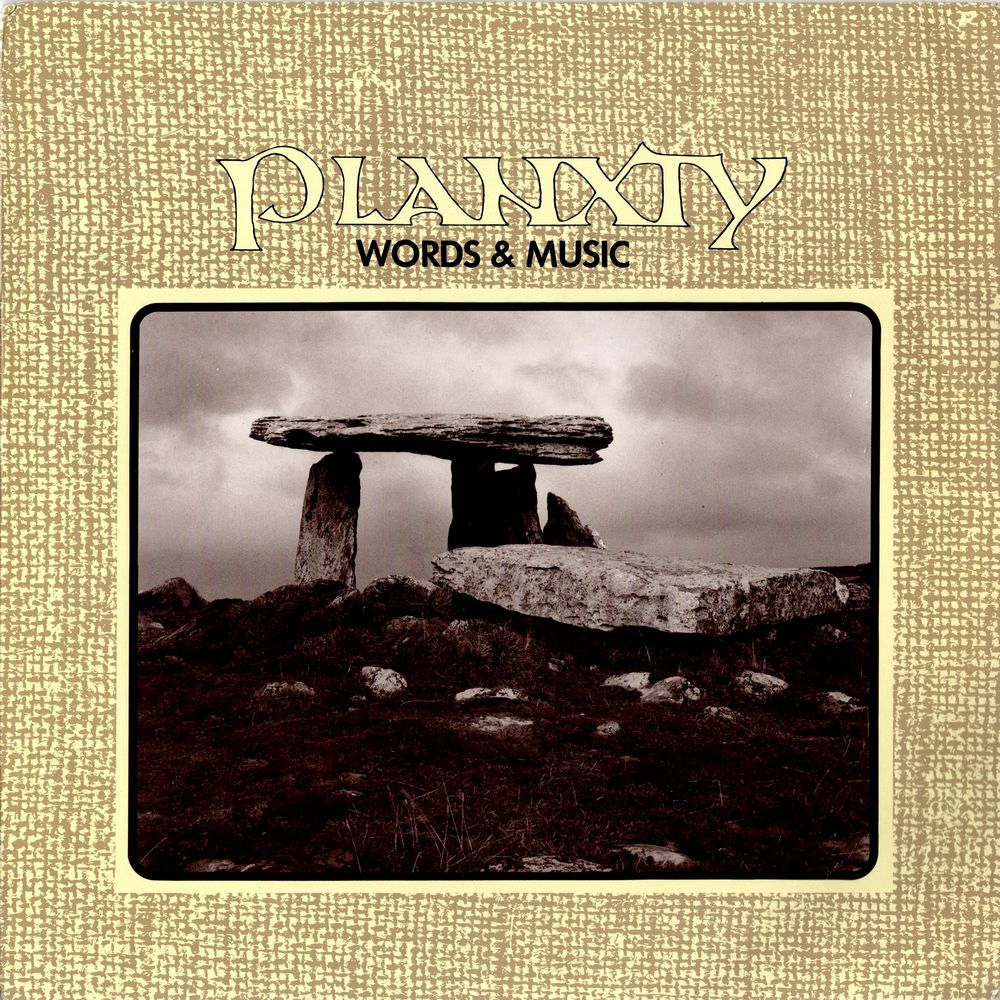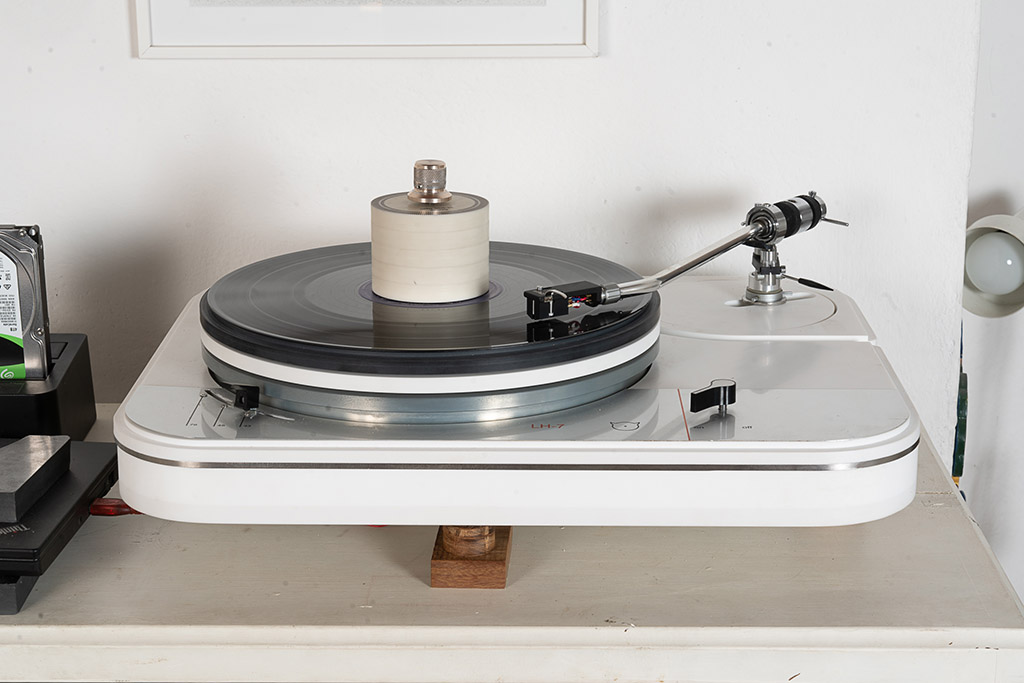









I always loved wood, also when not a musical instrument, yet!
A couple of questions: I own a classical guitar made in '70s by an italian luthier M.° Roberto Lanaro, using an old, 40 years or more (it belonged to his father, also a prominent luthier, who only made violins, violas and cellos) Male Red Spruce from Paneveggio Forest in Northern Italy, near Trento and Bozen, maybe 100 kms as crow fly from Austria.
I then had a chance to buy an interesting book made by Forest Patrol Wood Experts and I learned Stradivari and Guarneri and Amati, and also Mattio Goffriller with his viola da gamba made in Venice, all back in 1600 and 1700 were good customers of the Paneveggio Forest and its musical trees... copies of old invoices, handwritten and so on... very intriguing!
Also, of some interest, a note on the same book... why only Paneveggio and not a couple of forests apart, 50 km from there?
The trick, I read, seems to be in the extreme steepness on mountains where Spruces grow and the lacking of direct sun in the forest... more the steep and less sun, more the tree grows straight with its fiber long and the climate, without too severe hot/sunny-cold/shadow changes gives wood an unique molecular structure.
Sounds intriguing, isn't it?!?! A luthiery workshop and a nice, little wood museum still exist in Paneveggio, after 400 years and it's still VERY well managed!!!
WOW... I love these topics and revamping old, almost lost knowledges... as you point out, BEWARE of getting too modern... the great heritage of our Fathers is in THEIR TIME... they consumed eyes, hands, minds in speculating and tryng, by trial and error, writing endlessly with humble pencils in humble copy-books miles of thoughts, observations, sketches and drawings... but TIME was their richness!
So, let me better explain... I just had a phone conversation with my Luthier, Roberto Lanaro from Padua, Italy - and he explained to me something I was checking in my two Wood Books - Steno Giulini - Il Legno Nostro Vecchio Amico - Ed. Berben and Tecnologia del Legno by Norberto Marchi - Marsilio Editori, unfortunately, in Italian only.
First of all, let me better clarify and translate from italian the meaning of "Male" - in italian it translates into "Maschio", like "Female" stands for "Femmina"... BUT in tonewoods, especially spruces (Epicea) which are hermaphrodites (the two sex in same body-they self-reproduce them) - Olives have male and female sexes, BTW - the better translation to the italian Maschio, is that silk-screened/translucent shadowed effect, the well-known and unfortunately not ALWAYS appreciated feature that only better, TRUE tonewoods have!
Mr. Lanaro explained to me few minutes ago that, all the times he went to Val di Fiemme or Paneveggio or Val Visdende (Carnia - Italy), the elder, sometimes retired (knowledge by experience!) "Maresciallo Capo", a Chief-In Charge for tonewoods logging, get an appointement with luthiers willing to choose the VERY BEST, accordingly expensive (but NOT so hideously in comparison with normal logs... again it's the TIME needed for such a picky choice the very best woods...) and the appointment is ALWAYS done considering Lunar Calendar, not busyness or weather!!! ... humbly, without any shame at all... that's it, period! No computers, ah?!?!?
... but let's go to explain the "Maschio"... a small say 5 x 5 cm, max 10 x 10 cm window is made on trees bark, looking for a sort-of zig-zagging texture and it's done AFTER a visual, outer inspection to, at least, try to individuate His Majesty the Tonetree... very seldom the expert eyes of Men well knowing their art and skill fail! When they see the "silky zig-zag" on the white/pale yellow tree pulp, they shout: "E' maschio!" ("It's male!")... only a small percentage has this, and, with other parameters, give to spruce a Stradivari's grade tonewood status... but, as Adirondack well teach, so-so aesthetically woods, are often MUCH BETTER than perfect narrow grain woods.
Roberto Lanaro told me that in a forest, say with... 100.000 Red Spruces (MORE here below on names...) ONLY 1000 ARE TONEWOODS GRADE trees, and a tonewood tree doesn't necessarily have tonewood character in its descendants!!!
Hey, let's wake up: TREES ARE LIVING CREATURES! Call me nut, but it happened I hugged a tree, a nice one or smart or in a special landscape position... it's a GREAT, little emotion, having this romantic feeling and, most of all, doing it because you feel it GOOD! It created Earth Brotherhood... without shame.
Many, many, MANY times, commercial made guitars are using simply spruce, with NO tone producing special features at all! AA, AAA... are sometimes only visual appearance ratings, but they're not saying all!
Oven dried woods... the elastic quality sooo important in tone producing get lost!
Beside a great deal of Silver (or White) Spruce (Abies Pectinata or Abies Alba) forests do exists in North-Eastern Italy, in Italian tradition, the better tone woods come from two species of Red Spruce (Picea Excelsa or Picea Alba)... but the one, the REAL one is called Red Spruce (Picea Nocciuolo).
In Germany and Austria they call it "Haselfichte" - the only to bear, by tradition, the surname of "Klangholz", "Resonanzholz" and "Tonholz": as I found in my books, Feuerstein and Greyerz (a Swiss, BTW) quoted it in early '900.
In Germany and Austria, they also call it "Steinfichte" ("Rocky Spruce"), because centuries ago, they noticed that the better, rare samplers giving special tonewoods, were in the steeper parts of forests, near rockies in very difficult (for men) to reach places (jumps and projecting rocks and the like) - it sounds like "trees of character", isn't it?!?!
In val di Fiemme they also call by tradition "Noseler".
Re. "presswood" build-up, from my readings, I learned that more than steepness, the TRUE stress to trees are one-way, constant winds and, to a larger extent, snow weight! As you, as a passionate trekker, well know, the narrower and steeper the valley, the less snow you'll find...
That's it... it would be a pleasure to have a wood-trip with you... I live 100 km, as crow flies, from Paneveggio...
Furthermore: the concept of "terroir" in French wine-making is an absolutely correct comparison for tonewoods... a vineyard half a mile from another produces a completely, COMPLETELY different grape and thus, wine, in the same "Domaine"! The rains bring different elements if the ground is steeper or less so... IMO, everything it's Natural, is Different and not standardized.
LUCKLY!!!
Quality in tone capabilities is a very complex matter: a superb Santa Cruz acoustic was made of a fallen tree laying for years in the water... I'm 120 percent sure and confident of its quality, in sound and building... but let me point out that a dead tree laying for years is not, properly "aging", sound-wise.
It's only a log, a large, huge log which is aging... it's SO different from carefully quarter-sawn woods, carefully stored in airy environment, with controlled humidity... FOR YEARS!
If you remember, when the great Ervin Somogyi www.esomogyi.com/ lost his house and workshop in those wild fires along California's shores, years ago... he was SOOO sad because he lost his woods, carefully dried and well kept for many years... this was his estate.
... I apologize for being, someway, so fussy... but I find a straightforwarded approach useful for we all Music, Guitars and Woods lovers.
Re. the best area for tonewood trees... my reference says, in fact: over 1900 m altitude... Willi or Henk should go deeper at their convenience, on THIS very matter with old, well-informed loggers or luthiers... and for what concerns bearclaw and hazelworms... pls forgive me for, at least, smiling on this... I know the little sentence was ironic, too... sure, anyway, that spruce figuring is CLEARLY related to sound qualities and it seems it is someway concerned to "some" sort of external factor (not necessarily a "stress") - i.e. the several already pointed out by Henk, Willi, myself and anyone will be going deeper ahead on this fascinating 3d.
... after better reading my sources, I also found some more interesting details, maybe worth some consideration... Stradivari before aging the spruce, and well before carving, gave to bare woods several washing in plain water and in "prepared" water - maybe some sort of salts - to someway crystallize cells, frozen "some" elastic character or feature of a given wood, BEFORE aging... is anyone doing the same today, or "oven religion" is the only Faith?
Some Strad's wood debris have also been scrutinized and observed in laboratories, founding embarassing, unbelievable cells structures, like looking at fossil-wood, but still elastic and "live".
I know I'm playing - as always - a romantic role: where would be guitar making handcrafting art today if anyone would be ONLY using hand tools (Enrico Bottelli or Boaz Elkayam do that...) and every instrument would be done as "The Very Last Instrument" a Luthier had the chance to do, in this Life?!?!
Maybe, as usually, the Great Masters simply applied this so simple trick, so simple to be so difficult to their art.
Trentino is the area where Paneveggio lays; Trento province is very large, spreading from Garda Lake to South Tyrol... Ladino speaking people is in some little and quite far away areas, from Passo Broccon/Val Sugana to Carnia (Friuli region)... but Paneveggio is definitely in Dolomiti area, and the most beautiful, on the VERY same par than over Cortina or Val Badia, maybe better... at dawn the mountains colours are... FANTASTIC! Purple, orange, red, rose... WOW! I'll follow by bike only paved road, but, then, by feet I'll trek in paths to reach the better spots... and I'll try to talk to people...
I recently ordered a new classical guitar from Enrico Bottelli www.associazioneali.it/in...&Itemid=27 (Brazilian Rosewood/Dalbergia Nigra and Haselfichte) which I'll be able to play in 18 months or so... and, by chance, he told me this morning that the Austrian or Italian Figured Red Spruce "Maschiato/Maschio/Nocciuolo/Steinfichte/Haselfichte", THE ONE... I know you got it ... well, it's the MOST requested by his customers worldwide... I've been someway surprised... is there a new phenomenon or fashion in guitar-making or the old which turns new? Is it the same for steel-strung?
He told me the Austrian's is harder, with an extremely various, quite dark, tonal palette and Italian's a little softer (and lighter), BUT louder and more trebles-rich...
...interesting...
After about 300 km biking up and down Prealpi and Dolomiti mountains, I finally met the person in-charge for luthiery wood in Paneveggio, receiving every year luthiers from Japan, USA and Europe, ALL on Stradivarius path Maresciallo Zuglian is young BUT absolutely well informed and the little Wood Museum is still better than I remembered... a well-packed library concerning wood and luthiery in french, italian, english, german, japanese and samplers to get nut!
A very interesting place: we discussed in deep spruce harvesting, wood types and species (he confirmed that Picea Excelsa has dozens varieties...) BUT the Haselfichte and Steinfichte are really HERE and well booked by best luthiers worldwide from the previous year... but STOP talking and let's speak pixes...
Due to my primitiveness in pasting and hosting procedures, I herewith add some liner notes to the previous pixes...
A foreword to pixes:
- a sampler of "Haselfichte" how the loggers see it, at under-the-bark inspection... the "hasel/nocciuolo" is called, in italian "indentatura" (trad. "maschiatura").
- A quartesawn full Haselfichte log
- zig-zagging growing-rings in same log, Maresciallo Zuglian's finger pointing to the zig-zagging
- yours truly (Stefano) in biker-mode (w. iPod) in front of Wood Museum at Paneveggio
- a Paneveggio lanscape from 1900 m or so altitude
- last snow, with last 2200 m spruces
- Pale di San Martino from Passo Rolle (1984 m) - they looks soooo nice, Aconcagua-like...
- another landscape of Paneveggio/Val Venegia Forest
The forest is giving 12.000 cubic-metres per year, BUT only 6.600 are lumbered and logged - the Resonanzholz is only 20 cubic metres per year, Haselfichte are 0,5 c.m. per year... the total wood in the whole Forest is an hefty 600.000 cubic-metres!!!
A final, IMHO, word to "Haselfichte": Maresciallo Zuglian compared this VERY feature to "freckes" in men and women... not an illness but a character...in Ireland it's fairly common, in Tunisia a rarity... you can find 50 "Haselfichte" in 1000 square metres and none in a whole forest! Nice, isn't it? Nothing related to stress, snow, winds, whatever... period!?!
Hope you'll enjoy story as I did in biking, shooting, talking to locals and learning about these fascinating topics.
Wood... a living material without whom almost no music would exists.











.jpg)

















.jpg)







































1 comment:
Thanks for your story. I wish I could get red spruce for my future guitar. I also own Bottelli and I love his guitar. It has very nice spruce similar to the photo.
Post a Comment